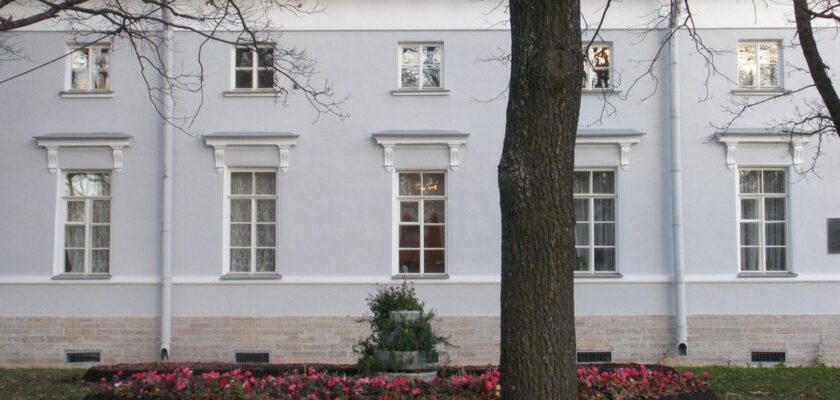Yelagin Palace
Yelaginoostrovsky Palace is located in St. Petersburg on Yelagin Island. This island in the XVIII century belonged to a rich nobleman Ivan Yelagin, in whose honor it was named and subsequently never renamed. In those years Empress Catherine II liked to visit there, for whom she organized hunts and fireworks. In the 1780s, a palace was built on the island for Yelagin.
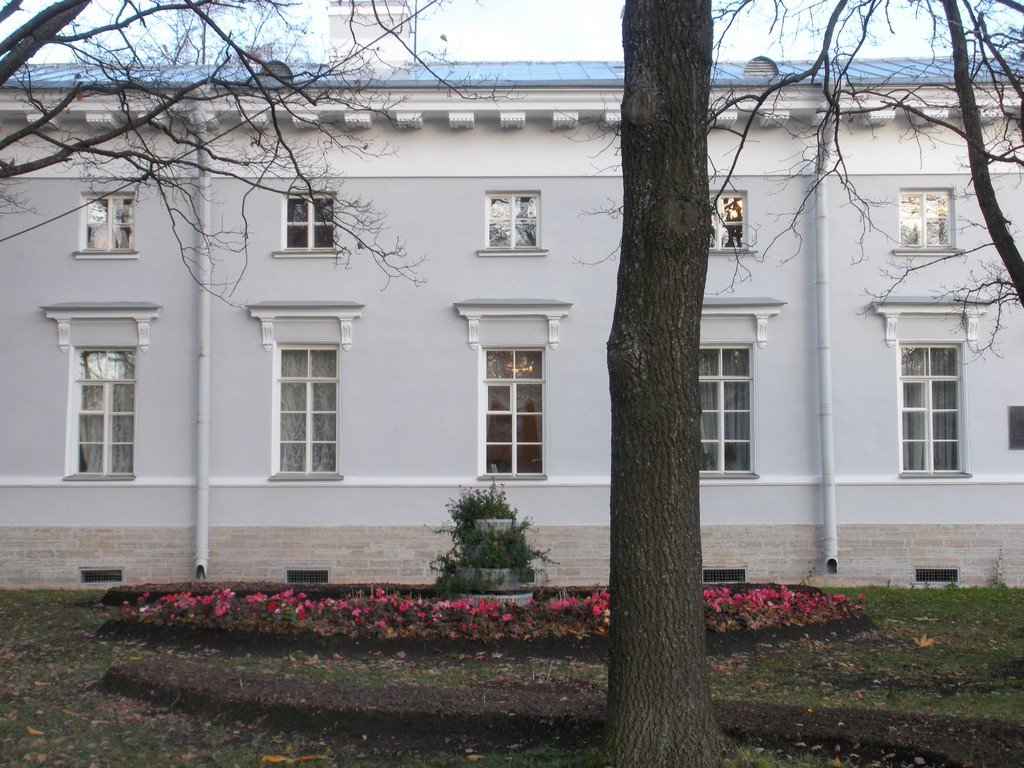
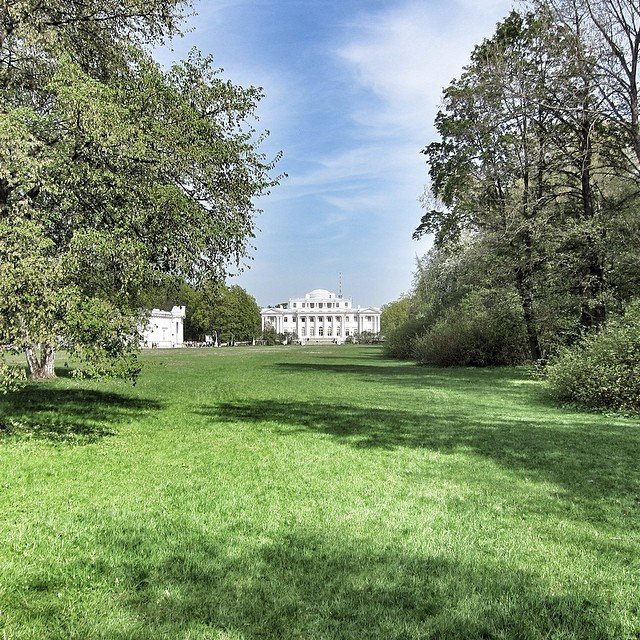
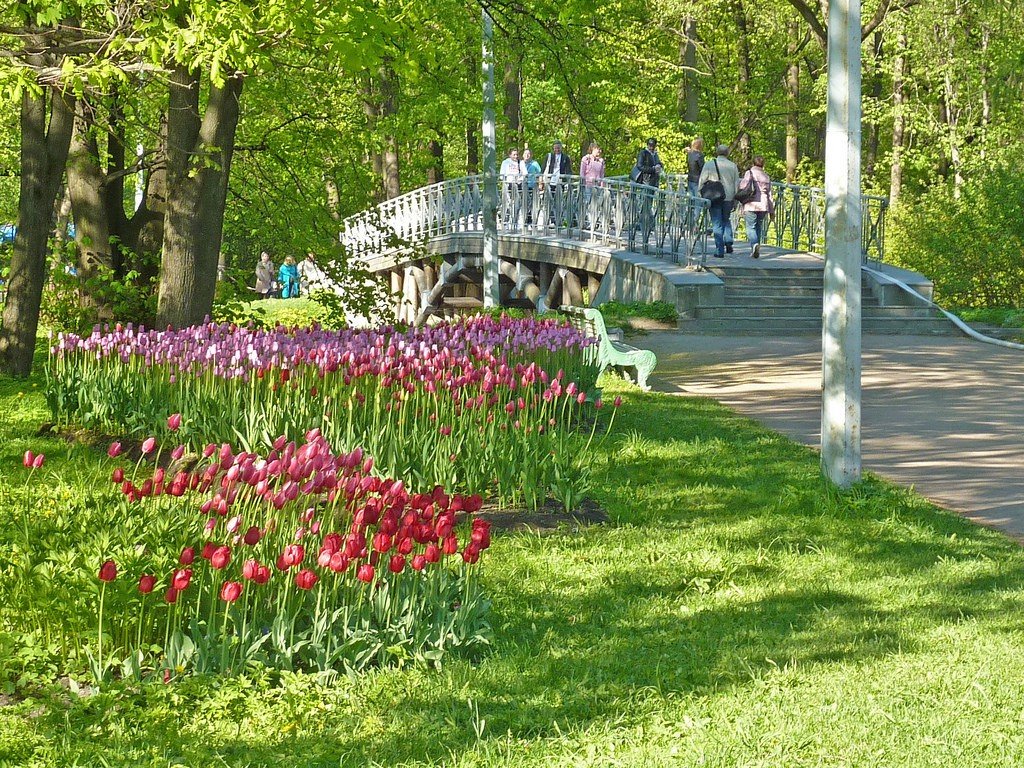
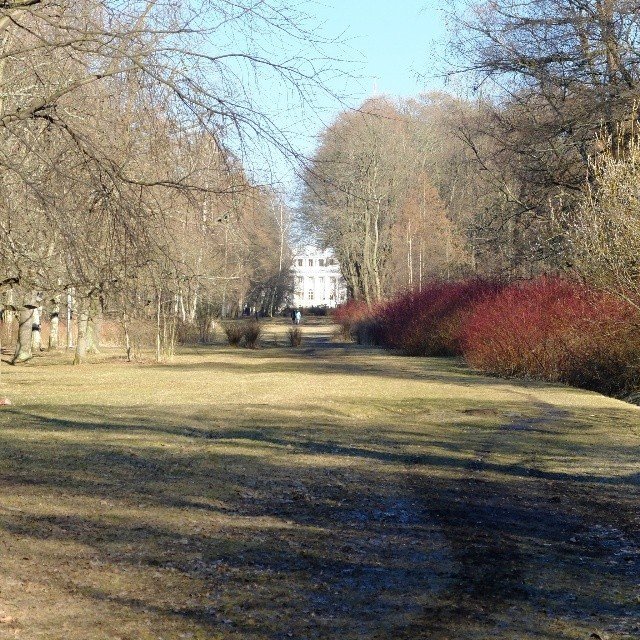
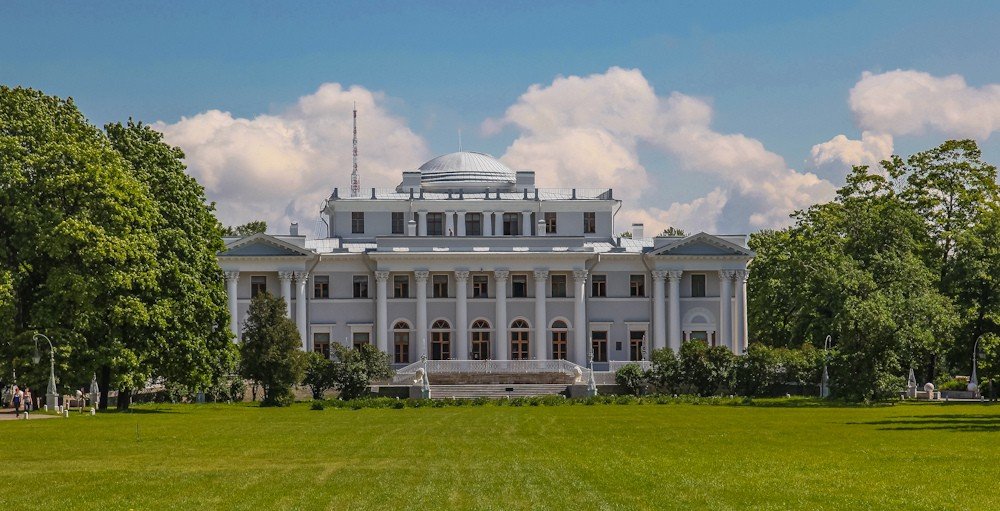
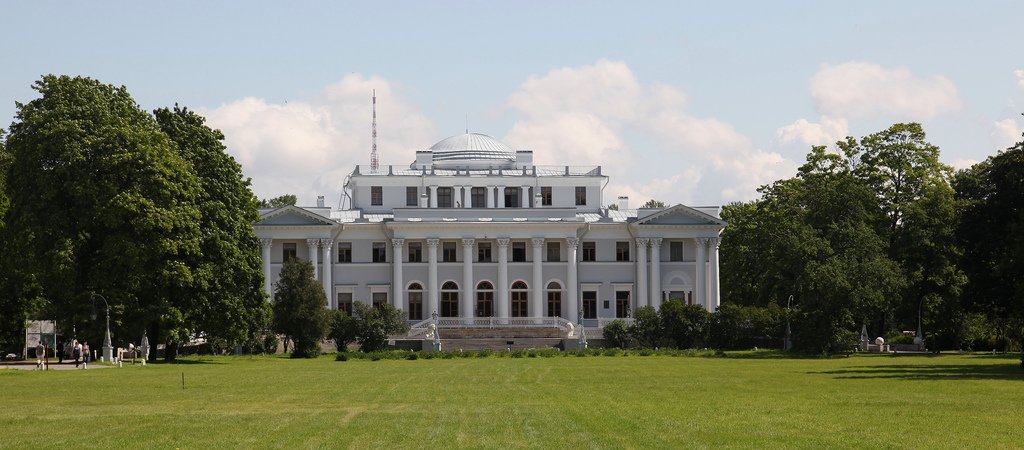
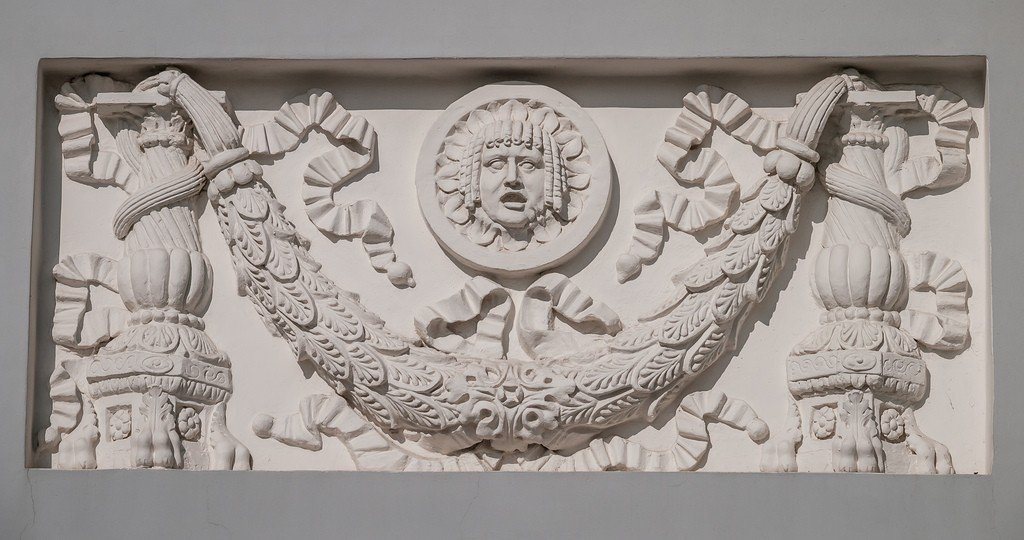
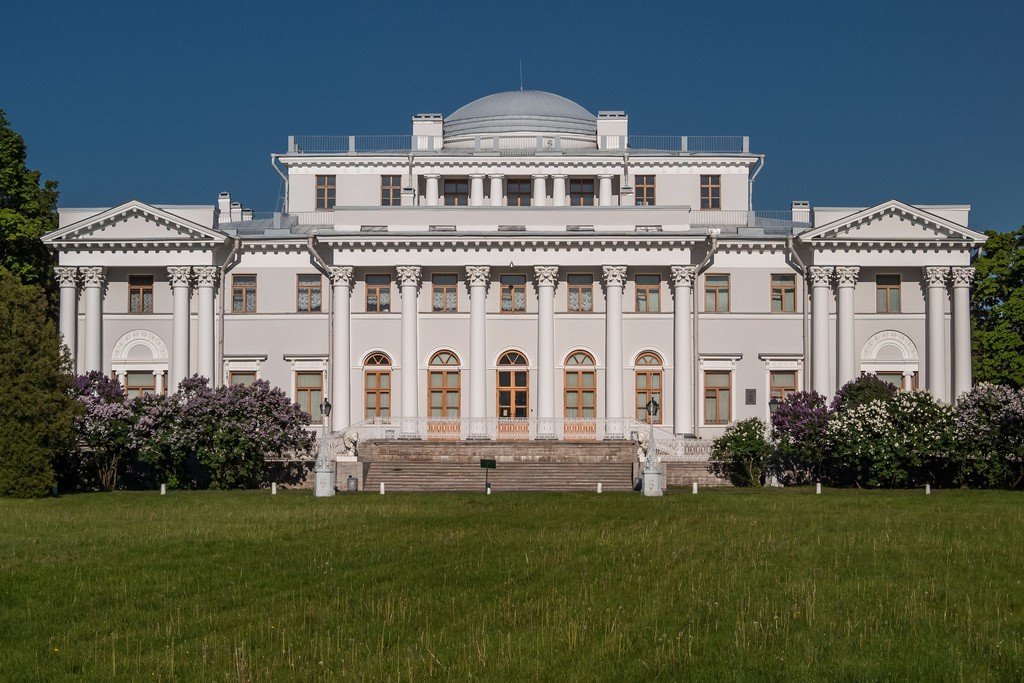
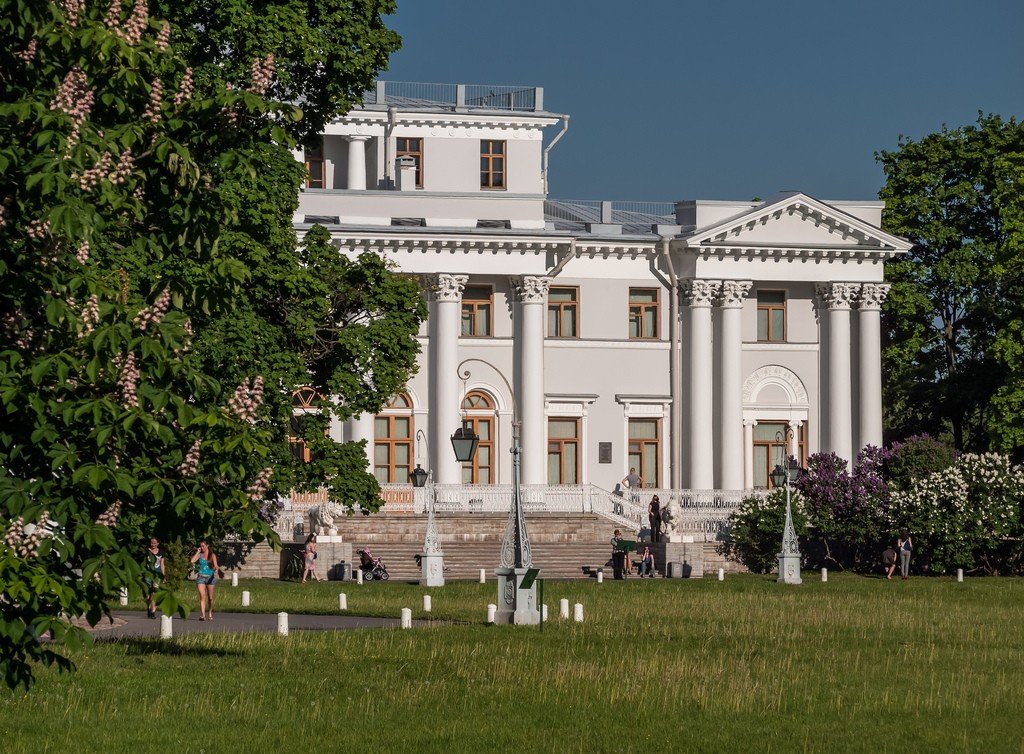
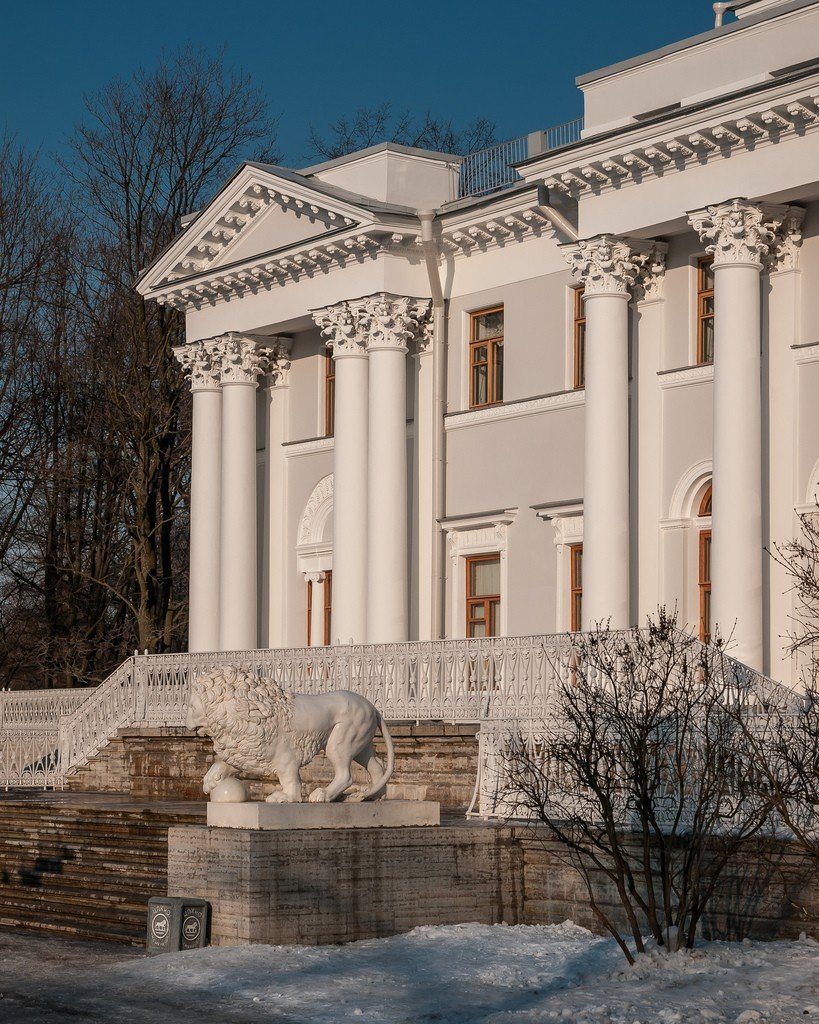
General information
In the early 19th century, Emperor Alexander I acquired Yelagin Island for the summer residence of his mother Maria Feodorovna and commissioned the famous architect Carlo Rossi to rebuild Yelagin Palace. This is how one of the best palace and park ensembles appeared in St. Petersburg. It includes the palace itself, its Kitchen, Orangery and Stables buildings, a flag pavilion with a granite pier and a music pavilion. All this splendor is located on the northeastern tip of Yelagin Island.
.The two-story building of the palace, topped with a dome, stands on a high stone terrace. One of its facades faces the river, and on the other side of the park descends a wide multi-step staircase, which is guarded by cast-iron lions. In front of the palace is the Great Butter Meadow, from where you can walk along the Great Alley to the western arrow of Yelagin Island, where it was fashionable to walk in the white nights in the 19th century.
.
The interiors of the Yelaginoostrovsky Palace are characterized by exquisite decoration and original finishing. In its decoration participated famous sculptors Pimenov and Demut-Malinovsky, artists Scotti, Vigi, Medici. In the front rooms of the first floor there were more than twenty magnificent doors, lined with valuable wood and decorated with fine gilded carvings. Each such door was perceived as an independent work of art. In general, the first floor had the most richly decorated rooms. In the vestibule, in niches, there were figures of vestal women holding lamps in their hands, and the ceiling was decorated with paintings. The dining-room, the Oval Hall, the study, the bedroom, and the dressing-room were even more luxurious. The walls and columns of these rooms were lined with artificial marble. In the Oval Hall and the study this marble was very white and shiny, like the best porcelain, thanks to which the study became known as Porcelain. The rooms located on the second and third floors of the palace, were decorated much more modestly and simpler than the grand halls. The exceptions were Alexander I’s study on the second floor and the Church Hall on the third floor.
After Maria Fyodorovna’s death, Yelagin Palace gradually reduced its status – first it became a reserve royal residence, then a resting place for Russian prime ministers. The palace was badly damaged during the Great Patriotic War, but was restored and opened as a museum in 1987.
.
Elaginoostrovsky Palace-Museum of Russian decorative-applied art and interior decoration of the 18th-20th centuries.
.- Elagin Island, 4. M. “Staraya Derevnya”, “Krestovsky Island” .
- Tel. 430-11-31
- Open daily, except Mon, from 10.00 to 18.00 .
- The cash desk is open until 17.00. Sanitation day is the last Tuesday of the month. Inspection – 40-60 min. Entrance – 150 p., preferential (pensioners and schoolchildren) – 50 p., students – free .
- Visit the Museum of Art Glass is paid separately 150 p., preferential – 25 p., students – free
The museum occupies three buildings of the palace and park ensemble of Elagin Island – the Palace, the Orangery and the Stables. In its funds – more than 12 thousand objects of art. These are paintings, sculpture, porcelain, glass, furniture, fabrics, embroidery. The interiors of the palace have been preserved, especially good are the Oval Hall with semi-columns and caryatids, the Blue Drawing Room with a black marble fireplace, the Porcelain Study, the Crimson Drawing Room. The front enfilade of halls is on the first floor.
On the second floor there are exhibitions of arts and crafts and antique furnishings, on the third floor work is underway to recreate the palace church.
.A new museum division, the Museum of Art Glass, was opened in the Palace’s Orangery Building in 2010. In the restored exhibition space of 700 square meters is presented more than 700 art glass and crystal products – a unique collection of works closed in 1996 Leningrad Art Glass Factory, which was once the leading glass company in the USSR. The exposition occupies three halls equipped with the most modern museum equipment: Central, Black and White (temporary exhibitions are held in the latter). The museum holds conferences, presentations, master classes in glass painting. The Stables Building houses exhibition halls where exhibitions of works by contemporary artists are held.
.